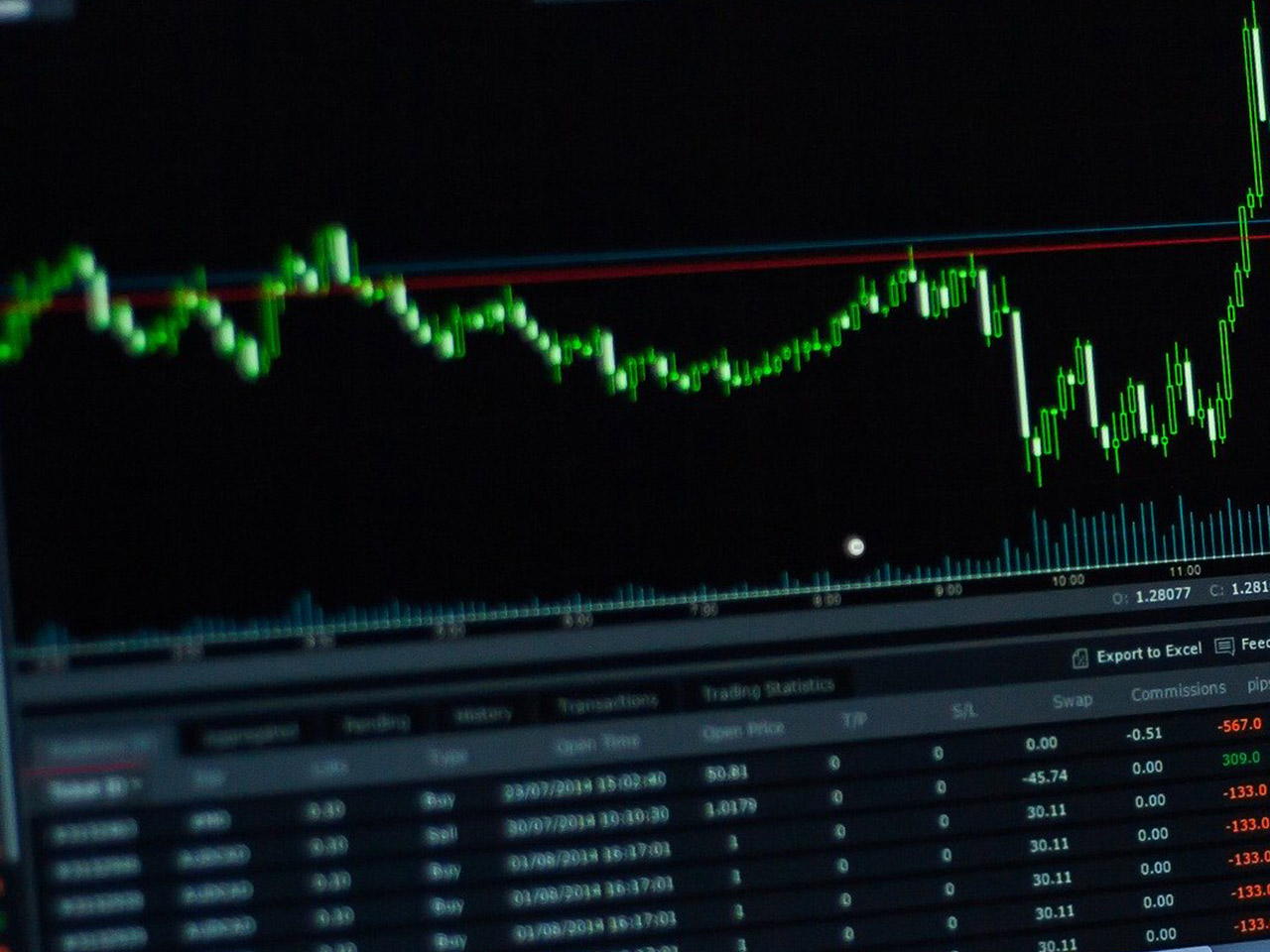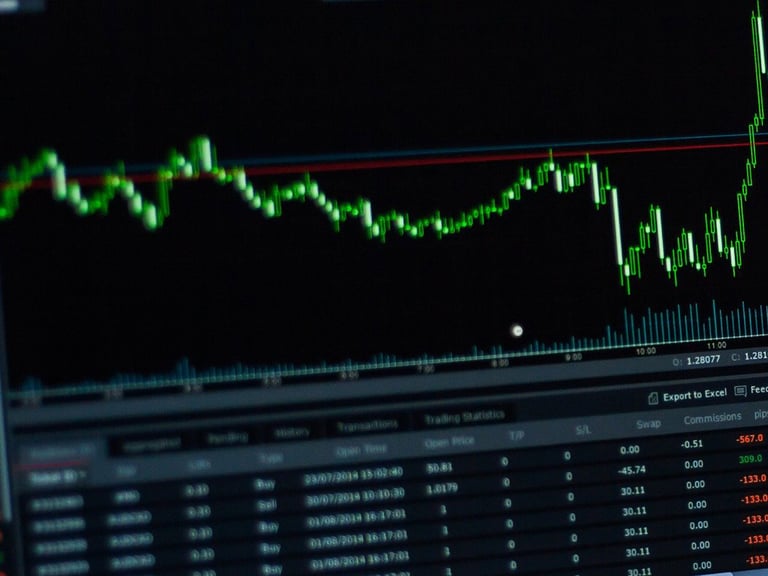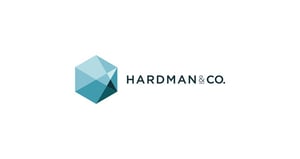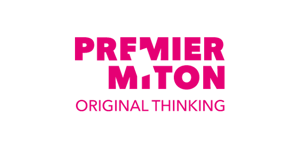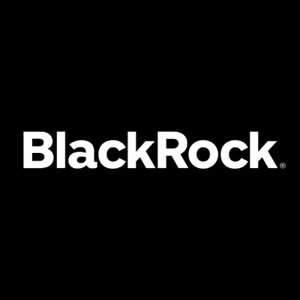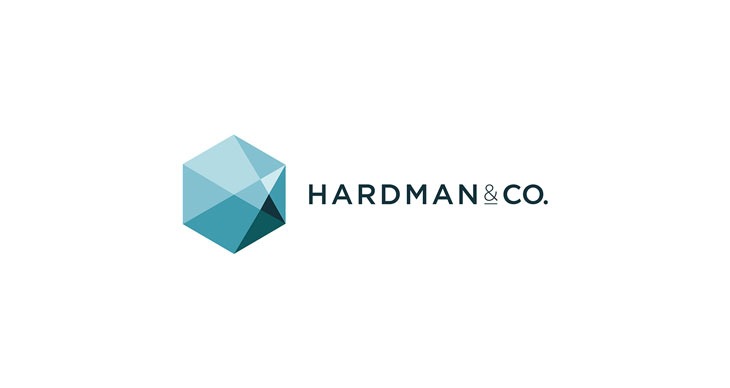Sanofi (NASDAQ: SNY), a heavyweight in the healthcare sector with a market cap of $136.65 billion, presents a compelling investment opportunity for those eyeing the pharmaceutical industry. Despite recent headwinds, the company’s stock is positioned with a potential upside of 14.15%, according to analysts’ ratings and target price forecasts.
Sanofi’s current trading price of $55.82 is close to its 52-week high of $59.42, a testament to its resilience and market confidence. The price movement has been relatively stable, with a slight increase of 0.91 points recently, suggesting a solid foundation for future growth. Analysts have set a target price range between $62.00 and $67.00, with an average target of $63.72, underscoring the bullish sentiment surrounding the stock. The company’s technical indicators, such as a 50-day moving average of $55.05 and a 200-day moving average of $52.63, suggest that Sanofi is trading above its long-term trends, which could appeal to momentum investors.
While Sanofi’s revenue growth has contracted by 3.10%, the company’s forward P/E ratio of 11.29 indicates that it may be undervalued compared to its earnings potential. This could appeal to value investors looking for opportunities in the drug manufacturing industry. However, the absence of a trailing P/E ratio, PEG ratio, and other valuation metrics may require investors to exercise caution and consider the broader market and economic factors impacting the healthcare sector.
The company’s return on equity stands at 7.30%, which is a modest figure but still represents a positive return for shareholders. Sanofi’s earnings per share (EPS) of 2.36 further highlights its capacity to generate profits. However, the negative free cash flow of approximately $4.94 billion raises questions about the company’s operational efficiency and cash management strategies. Investors should monitor how Sanofi addresses these challenges to ensure sustainable growth and profitability.
Dividend investors might find Sanofi’s 3.65% yield attractive, making it a potentially lucrative addition to income-focused portfolios. However, a high payout ratio of 85.70% suggests that the company returns a significant portion of its earnings to shareholders, which may limit its ability to reinvest in growth initiatives.
A notable aspect of Sanofi is its robust pipeline of therapeutic solutions, spanning immunology, oncology, rare diseases, and vaccines. The company’s strategic collaborations with firms like Exscientia, ABL Bio, and Blackstone Life Sciences, among others, signal a commitment to innovation and expansion in high-growth areas. These partnerships could unlock new revenue streams and drive future growth, making Sanofi a strategic player in the global healthcare landscape.
The stock’s Relative Strength Index (RSI) of 34.28 suggests that it is approaching oversold territory, which might pique the interest of technical traders looking for a potential rebound. Meanwhile, the MACD indicator of 0.13 and a signal line of 0.70 reinforce a cautious yet optimistic stance, indicating that the stock may be primed for upward momentum.
Overall, Sanofi’s strong buy ratings from analysts, with seven buy recommendations and no sell ratings, reflect confidence in its strategic direction and market position. As the healthcare sector continues to evolve, Sanofi’s diversified portfolio and strategic alliances position it as a formidable contender in the global market. Investors considering an entry into the healthcare sector should keep a close watch on Sanofi’s financial health and strategic initiatives to capitalize on potential growth opportunities.
The information in this article should not be taken as advice. Readers should conduct their own due diligence and seek independent financial advice before making any investment decisions.

